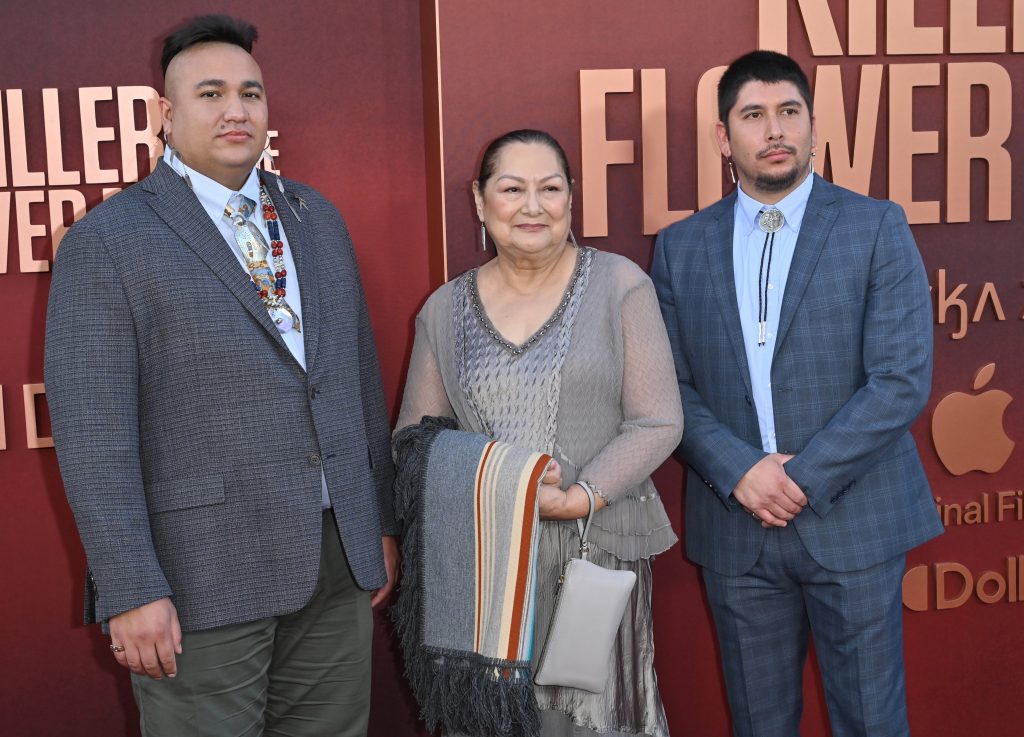How Hip-Hop Died in the Last 5 Years: A Comedic Obituary

It is with a heavy heart and a pair of unused high-top sneakers that we gather here today to mourn the passing of Hip-Hop, a genre that once ruled the world but has recently been found lying motionless, clutching a pair of Yeezys and mumbling something about SoundCloud. The Rise and Fall of Lyrics That […]
Killers of the Flower Moon: The Background Story

„Killers of the Flower Moon“ is a significant film directed by the renowned Martin Scorsese, based on the non-fiction book of the same name by David Grann. The film and the book delve into a series of chilling, real-life events that occurred in the 1920s in Osage County, Oklahoma. The Osage Murders and the Birth […]
The Complex Tapestry of Fashion Production in Bangladesh: A Critical Examination

Introduction Bangladesh’s garment industry, the world’s second-largest apparel producer following China, is a multifaceted landscape marked by triumphs and challenges. It’s a sector that has significantly transformed the country’s economy, but not without its share of controversies. This article delves into the intricate weave of Bangladesh’s fashion production, examining its economic impact, labor conditions, sustainability […]
Greenwashing in the Fashion Industry

Several prominent fashion brands have been accused of greenwashing while continuing their manufacturing operations in Bangladesh. These accusations stem from the brands‘ efforts to portray themselves as environmentally sustainable or ethical, despite their business practices suggesting otherwise. Zara Known as a major player in the fast fashion industry, Zara has made efforts to boost its […]

